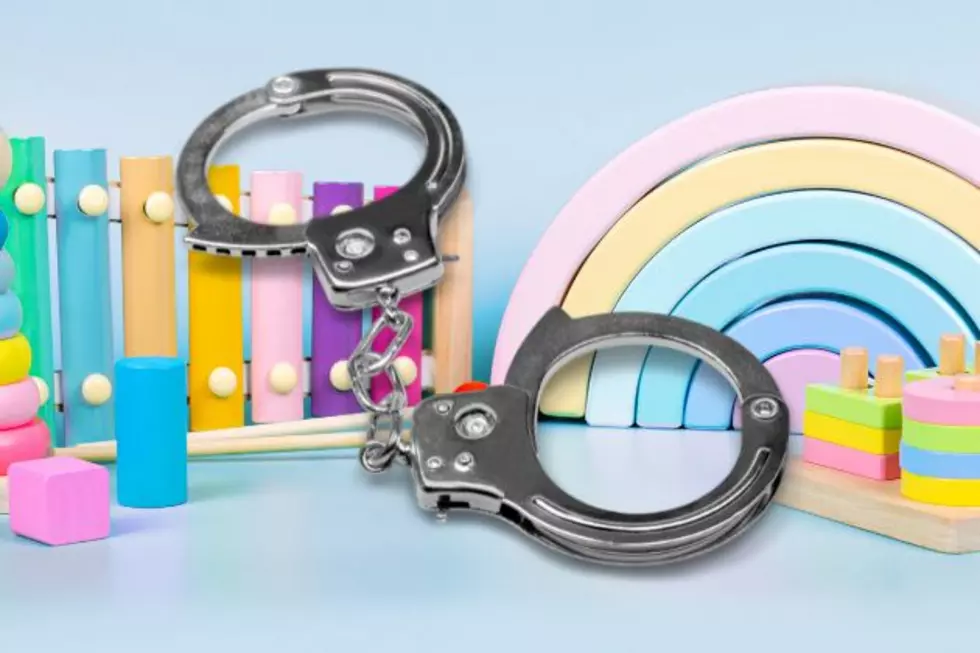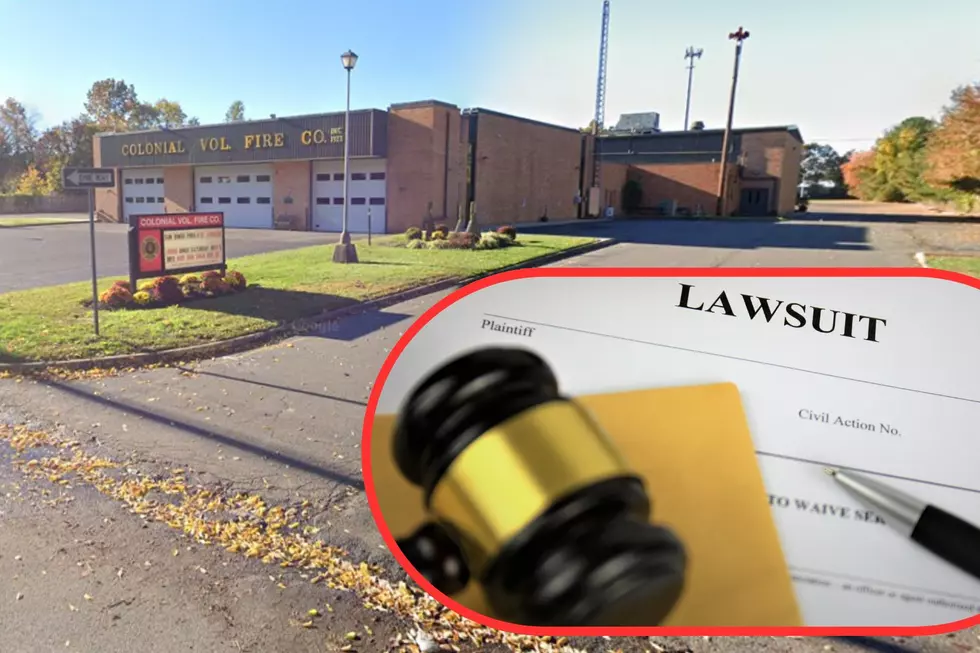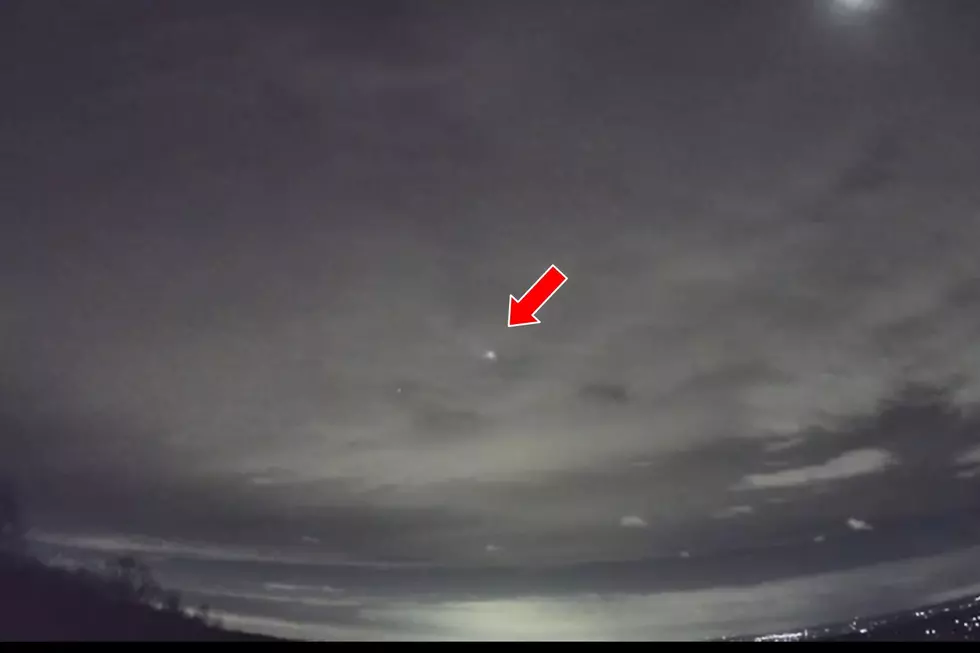
Maple sugaring is the hottest new trend: This NJ farm keeps it old school
New Jersey is in the thick of winter and people are always looking for fun and exciting things to do with their families or significant others. Sure, there's ice skating and skiing, or snuggling up inside by a fireplace with a cup of steamy hot cocoa.
But what about doing something different? How about maple sugaring? It's a fun, delicious way to spend a wintry afternoon and it's all the craze with several events happening up and down the state including Tenafly, Westfield, Mendham, and Flemington.
But there is one farm in Hopewell Township, Howell Living History Farm, a facility of the Mercer County Park Commission, that does maple sugaring the old-fashioned way.
What is maple sugaring?
Maple sugaring is the process by which maple syrup is made out of sap that naturally flows up and down maple trees, said Kevin Watson, administrator and farmer at Howell Living History Farm.
The syrup on pancakes is the product of a lot of work, which starts with drilling holes in maple trees. Depending on the size of the tree, people can drill anywhere from one to three holes without hurting the tree, he said.
What is tapping the tree?
To tap a tree, Watson said a person will drill a small hole, maybe a half-inch or less, through the bark and into the zylone of the tree, which is the long, hollow cells of the maple wood. From there, you hang a spout and a bucket and collect sap over several weeks.
The sap is then used in an evaporator. A big pot of sap is boiled down on the stove at a ratio of 40 to 1 gallons of sap to gallons of syrup. "To make one gallon of maple syrup, it takes 40 gallons of sap collected from the tree," Watson said.
Maple sugaring at Howell Living History Farm
Watson said this is a living history farm. That means the farm recreates life from 1890 to 1910.
So instead of maple tapping and sugaring using modern equipment as they may do in places like Vermont, Howell Farm takes you back to a simpler time.
Visitors will go out into the woods and tap the maple trees. Others will go out with a team of horses pulling a bobsled or a wagon, and they will collect sap by picking full buckets off the trees and dumping the sap into containers on the bobsled. Those containers are then taken back to a sugar shack on the farm where the evaporator is used to boil down the sap into syrup.
"On the farm, we show the difference between life 100 years ago and life today in our area," Watson said.
How was maple sugaring discovered?
The history of maple sugaring dates back to pre-colonial times, he said. Native Americans used to do a version of tree tapping that did not involve drilling a hole into the bark, but rather cutting a notch. They would use buckets that were made of birch bark sewn together with elm bark and sealed with pine resin and they would collect sap into these homemade buckets.
Watson said this was a great way to make sugar that was local to our area. For colonists, importing sugar from the West Indies was very expensive so this was a great way to get sugar in a climate where sugar cane can't be grown.
As time went on, improvements were made. Colonists realized they could create a tap out of pieces of sumac--a small twig where the center is hollowed out, then a hole is drilled into the tree and the twig is inserted into the hole. Then a spout is put in and a bucket would hang from it.
Native Americans also did not have iron cauldrons. So they would heat rocks on the fire and dump the rocks into the homemade buckets to concentrate and boil down the sap in place. As the colonists brought more sophisticated machinery with them, they made metal taps eventually.
Boiling down the sap to create sugar was made to last. Sap has a low concentration of sugar and starches and goes bad over time. Boiling the sap down into sugar makes it last longer. A lot of early maple sugaring was to create sugar. Only after the invention of canning, could syrup be stored.
What makes maple sugaring interesting?
Watson said what makes the process on the farm so interesting is that they do half of the maple sugaring in their time period (1890-1910), which includes the horses pulling the bobsleds or wagons to collect sap from trees in the woods.
The other half of the process uses a more modern system found in Vermont or other maple sugaring states, which involves a network of tubing that runs down off the mountain and collects sap in a modern holding tank.
Part of the maple sugaring process on the farm is educational. The farmers show how maple sugaring would've been made how modern operations do it today.
When can you go maple sugaring at Howell Living History Farm?
The tree tapping event at the farm takes place on Feb. 5. It's the kickoff of maple sugaring season.
Visitors can join Howell Farm's expert tree-tappers for a lesson on how to tap a backyard maple tree and make syrup at home. Demonstrations are limited to 25 participants. It's a free event. Just register online.
Then Feb. 19 and Feb. 26 are maple sugaring Saturdays at the farm from 10 a.m. to 4 p.m.
Visitors will help farmers split firewood. Seven cords of firewood are used throughout the season on the farm. That's about 800 to 900 cubic feet of stacked firewood, Watson said.
Visitors will then help farmers collect sap in the woods by going out with the horses and the sleds. They will then make syrup in the sap house and taste the finished product on whole wheat pancakes, made from wheat grown on the farm.
"Last year, we made 85 gallons of syrup out of 3,500 gallons of sap. Half of that sap was collected by visitors. Every year about 2,000 gallons of sap are collected on the farm between visitors and horses," Watson said.
The farm is a free park of the Mercer County Park Commission. Entry to the farm is always free. All they ask is that you reserve your spot for tree tapping and maple sugaring.
The smell of maple syrup is in the air at Howell Living History Farm!
Some of New Jersey's Native Plants
More From New Jersey 101.5 FM









